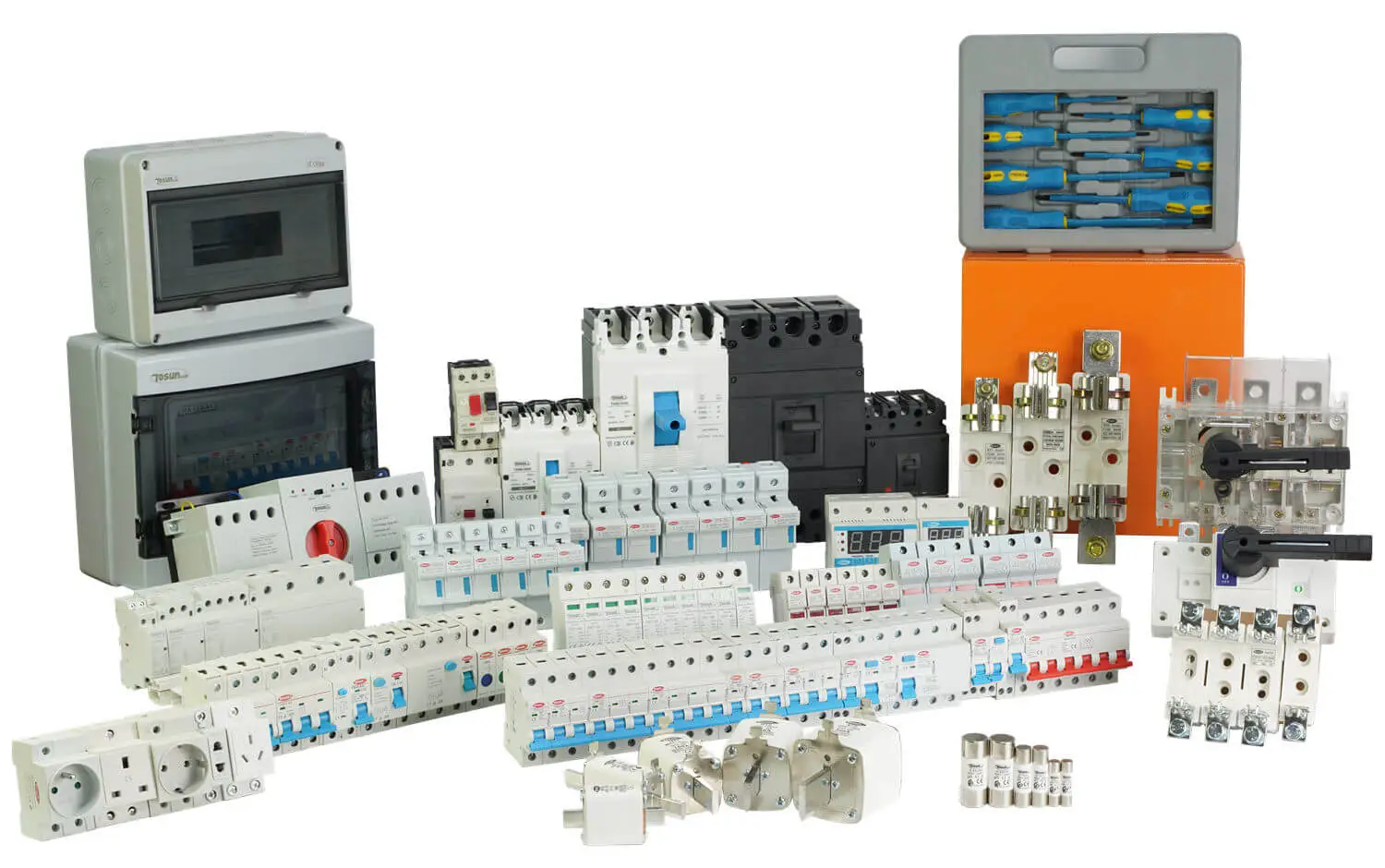What Is A Timer Switch?
Table of Contents
ToggleA timer switch (or switching timer) is an electrical device that helps you control when appliances turn on and off.
You can program them to work at specific times, making your daily routine more convenient.
Types of Switching Timers
There are different types of timer switches, each designed for specific purposes.
Let’s explore a few of them:
Mechanical Timer Switches
These are simple and easy to use. They operate with physical, rotating knobs or dials that you turn to set the desired time.
Mechanical timer switches are often used for basic tasks like turning lights on and off at specific times. They are user-friendly but may lack advanced features.
Digital Timer Switches
Digital timer switches use electronic displays and buttons for programming. They offer more precision and flexibility in setting specific times.
With digital timer switches, you can often set different schedules for weekdays and weekends, providing more control over your devices.
Wi-Fi or Smart Timer Switches
These advanced switching timers connect to your home’s Wi-Fi network, allowing you to control them remotely through a smartphone app or voice commands.
Note: Some smart switching timers may not be compatible with virtual assistants like Alexa or Google Assistant.
Smart timer switches offer the convenience of adjusting schedules from anywhere, providing an extra layer of automation and energy efficiency.
Countdown Timer Switches
Instead of setting a specific time for activation, countdown-switching timers allow you to set a duration for how long a device should stay on.
These timers are handy for tasks that require a limited duration, such as charging electronic devices or running a fan for a set period.
Astrological Timer Switches
Astrological timer switches use information about sunrise and sunset times based on your location.
They automatically adjust schedules according to natural light conditions, making them ideal for outdoor lighting or security purposes.
How Does a Timer Switch Work?
In a simple context, a timer switch is like a helpful assistant, ensuring your devices follow a set schedule without requiring constant manual intervention.
The type of timer switch you choose depends on your preferences and the level of automation you desire.
Phase 1: Set Time
You tell the timer switch when to start and stop your device. This is like setting an alarm clock for your appliances.
Phase 2: Mechanical Operation
In mechanical timer switches, physical dials or knobs are turned to the desired time settings. It’s a simple and manual process.
Phase 3: Digital Precision
Digital timer switches use electronic displays and buttons for programming. They provide more precise control over specific times and often allow for different schedules on weekdays and weekends.
Phase 4: Smart Features
Smart timer switches connect to Wi-Fi, enabling remote control through smartphone apps or voice commands. They offer added convenience and automation.
Phase 5: Countdown Functionality
Some timer switches allow you to set a duration instead of a specific time. They work like a countdown, turning off the device after a predetermined period.
Phase 6: Astrological Adaptability
Astrological timer switches (i.e. outdoor time switch) use location-based data to adjust schedules based on sunrise and sunset times.
This feature is beneficial for outdoor lighting that aligns with natural light conditions.
Key Takeaway
From the straightforward uses of mechanical switches to the digital precision and futuristic touch of smart timers, each type contributes to enhanced convenience and energy efficiency.
These devices transcend mere control; they embody a subtle integration of technology into our lives, transforming routine tasks into choreographed symphonies.
Be it counting down for energy conservation or aligning with the natural dance of sunrise and sunset, timer switches empower us to master time, creating homes and industries that resonate with efficiency.
Recommendation
If you’re looking for a reputable timer switch manufacturer, TOSUNlux is a great company to work with.
TOSUNlux specializes in the production and distribution of low-voltage electrical products and lighting items.
Offering dependable products and comprehensive solutions, TOSUNlux serves customers globally, ensuring their diverse needs are met through a single source.
Here’s why brands across the globe trust TOSUNlux:
- 30+ patents
- Wide range of products
- 29 years of industry expertise
- International quality certifications
- With registered agents in 91 countries
Visit their website today for a quotation.
Tel: +86-577-88671000
E-mail: ceo@tosun.com
Skype: tosunelectric
Wechat: +86-139 6881 9286
WhatsApp: +86-139 0587 7291
Address: Room No.1001 Wenzhou Fortune Center,Station Road, Wenzhou, China
REQUEST A QUOTE
WhatsApp us
 : +86-139 0587 7291
: +86-139 0587 7291 English
English Español
Español Русский
Русский Français
Français العربية
العربية Português do Brasil
Português do Brasil Українська
Українська Türkçe
Türkçe Polski
Polski Nederlands
Nederlands Italiano
Italiano Bahasa Indonesia
Bahasa Indonesia हिन्दी
हिन्दी اردو
اردو አማርኛ
አማርኛ Հայերեն
Հայերեն ไทย
ไทย Монгол
Монгол فارسی
فارسی Shqip
Shqip Ελληνικά
Ελληνικά


